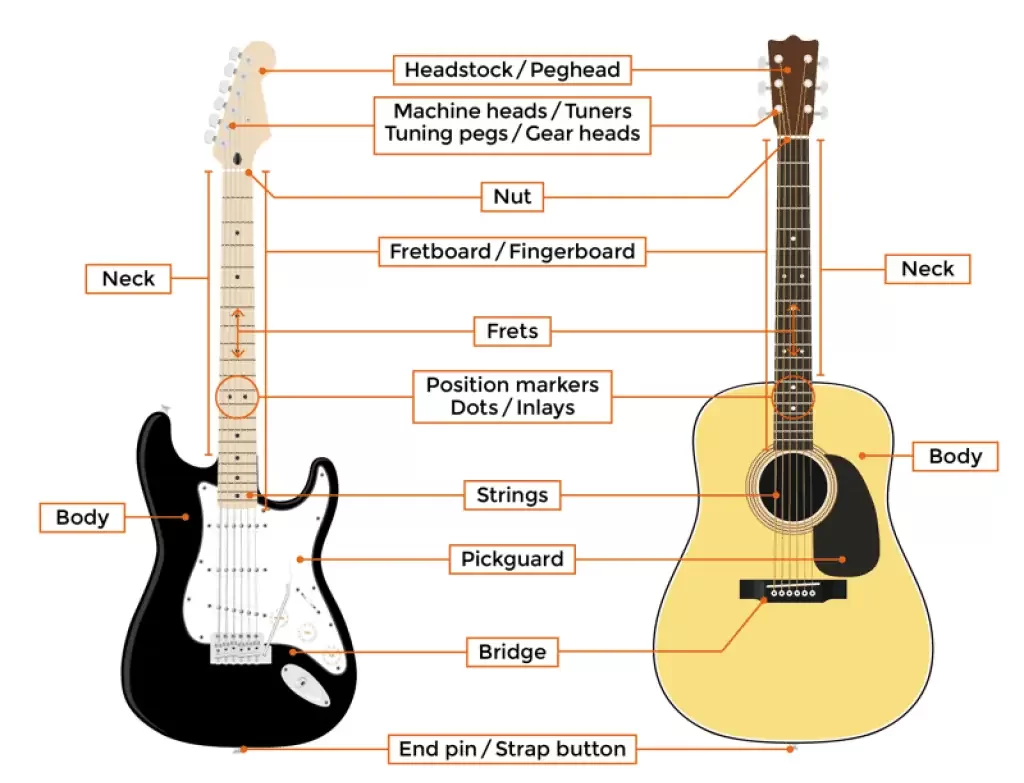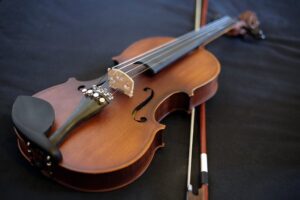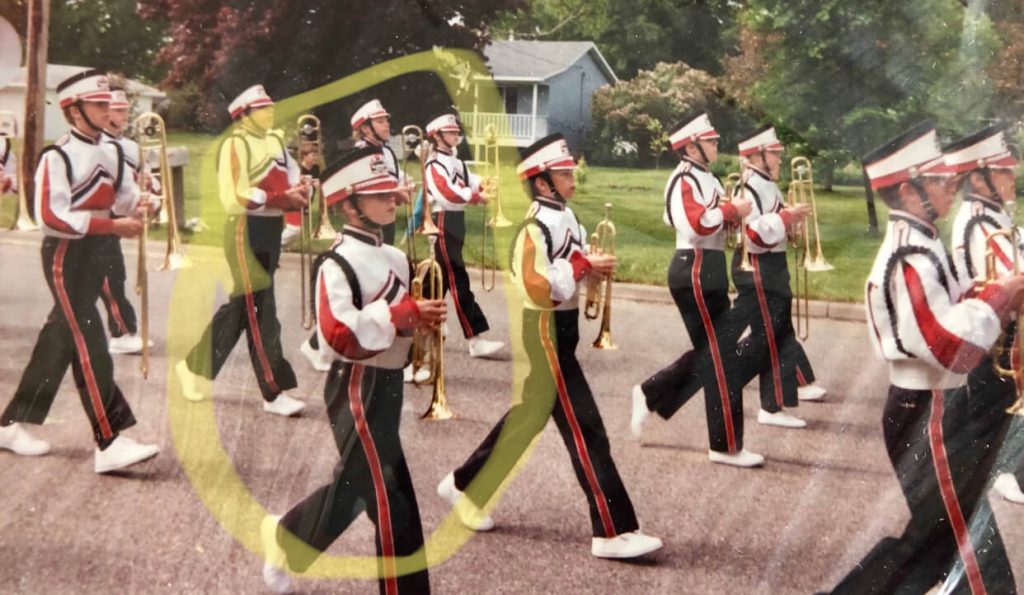Learning to play the guitar can be a daunting task, especially when you’re not familiar with the instrument. One of the first things you need to know as a beginner is the parts of a guitar. This knowledge is essential because it will help you understand how the guitar works and enable you to communicate with other guitar players. Here are the main three types of guitars (classical, acoustic, and electric) and their anatomy.

Classical Guitar Parts
- Headstock – This is the top part of the guitar where the tuning pegs are located.
- Tuning Pegs – These are used to tune the guitar strings to the correct pitch.
- Nut – This is a small strip of material located at the top of the fingerboard that separates the strings and keeps them in place.
- Fretboard – This is the part of the guitar where the player presses down on the strings to change the pitch.
- Frets – These are the metal bars located on the fretboard that divide the guitar strings into different notes.
- Sound Hole – This is the circular hole located on the body of the guitar that amplifies the sound.
- Bridge – This is the part of the guitar where the strings are attached to the body.

Acoustic Guitar Parts
- Headstock – Same as the classical guitar.
- Tuning Pegs – Same as the classical guitar.
- Nut – Same as the classical guitar.
- Fretboard – Same as the classical guitar.
- Frets – Same as the classical guitar.
- Sound Hole – Same as the classical guitar.
- Bridge – Same as the classical guitar.
- Pickguard – This is a protective cover that is placed under the strings to prevent scratches on the guitar’s surface.

Electric Guitar Parts
- Headstock – Same as the classical and acoustic guitar.
- Tuning Pegs – Same as the classical and acoustic guitar.
- Nut – Same as the classical and acoustic guitar.
- Fretboard – Same as the classical and acoustic guitar.
- Frets – Same as the classical and acoustic guitar.
- Pickups – These are electromagnetic devices that detect the vibrations of the guitar strings and convert them into an electrical signal.
- Volume and Tone Controls – These are knobs that are used to adjust the volume and tone of the electric guitar.
- Output Jack – This is where the guitar cable is plugged in to connect the guitar to an amplifier.
- Tremolo Bar – This is a lever that is used to change the pitch of the guitar strings.
The primary difference between the classical, acoustic, and electric guitars is the way they produce sound. Classical and acoustic guitars rely on the sound hole and the body of the guitar to amplify the sound, while electric guitars use pickups and an amplifier to amplify the sound.
Understanding the parts of a guitar is essential for beginners. Whether you’re playing a classical, acoustic, or electric guitar, knowing the names and functions of each part can help you communicate with other guitar players and improve your playing.









